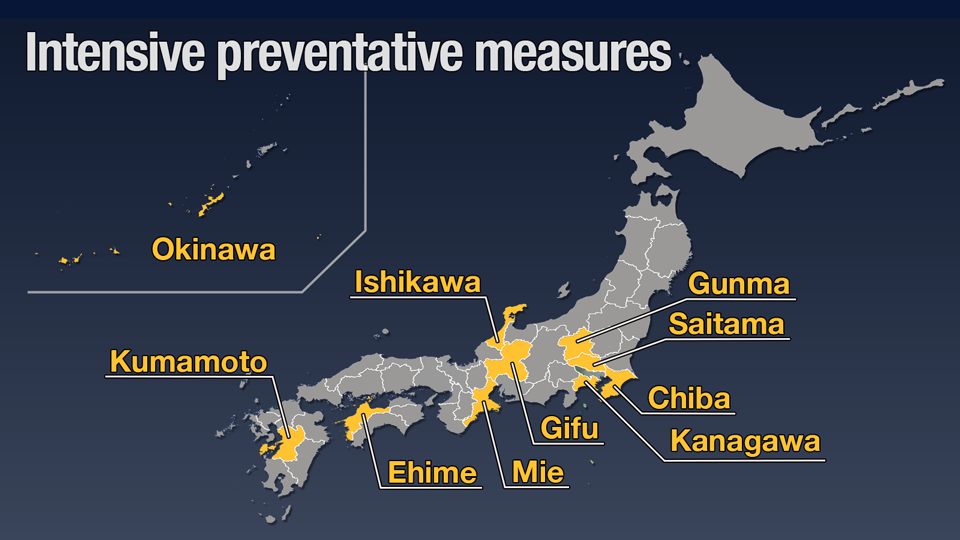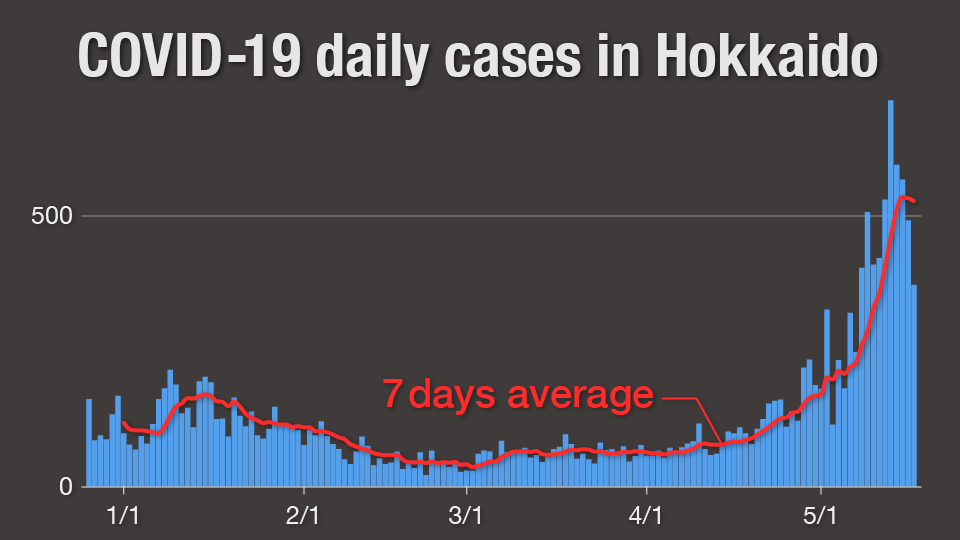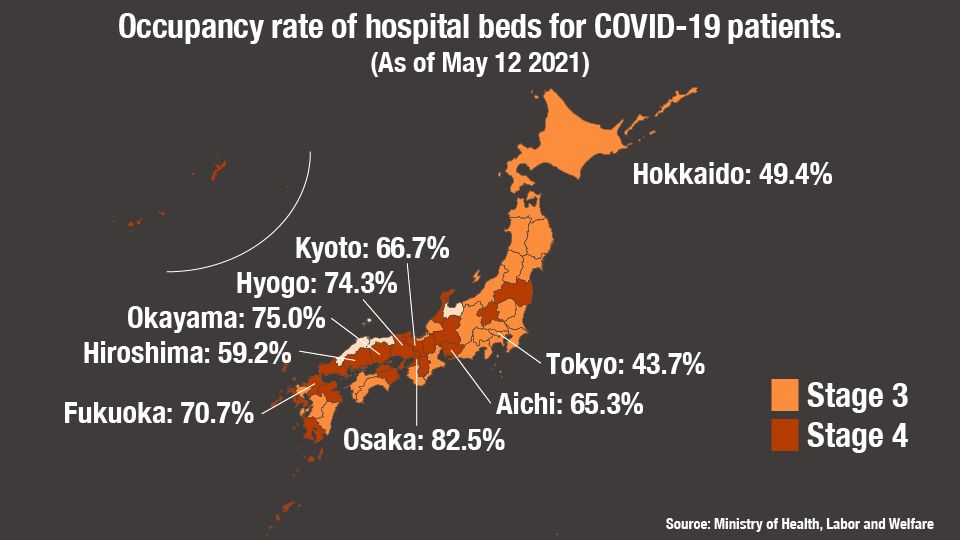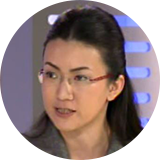The regions were added to the ongoing emergency declaration that's in place through May 31. It already covers Tokyo, Osaka, Hyogo, Kyoto, Aichi and Fukuoka prefectures.
The decision to expand the list was made last Friday. Hokkaido was already subject to intensive infection control – and that had been expected to continue. Government officials were ready to include Okayama and Hiroshima in that category, too.
But when the minister in charge of coronavirus measures, Nishimura Yasutoshi, tabled the government's plan at a meeting with its advisory panel, he met strong resistance from members calling for a tougher response.
"Most of the members argued that the state of emergency is necessary," the head of the government's advisory panel, Omi Shigeru, told reporters after the meeting. "After the discussion, the minister agreed to step up the measures for the three prefectures."
"The government has made its decision while respecting experts' opinions," Prime Minister Suga Yoshihide told a news conference. "The government and the experts are on the same page, saying that now is the crucial moment to stem the variants from spreading."
Another three prefectures – Gunma, Ishikawa and Kumamoto – were designated for intensive virus control, joining seven other prefectures where the measure is already in effect.

Hokkaido hospitals beds nearly full
Hokkaido is facing a critical situation. While the number of new cases was falling until early April, it has been turning sharply since. On May 13, the daily total exceeded 700 for the first time.
Local officials are urging residents not to go out unless it is essential. Dining establishments have been asked to cut their business hours and not serve alcohol.
"I want all people in Hokkaido to share a sense of crisis and work as one to overcome the situation," says Hokkaido Governor Suzuki Naomichi.

The prefectural capital Sapporo accounts for most of the positive cases. As of Sunday, 97 percent of available coronavirus hospital beds were occupied.
Most of the infections stem from a variant that originated from the United Kingdom. It was detected in 85 percent of patients during the second week of May.
KKR Sapporo Medical Center reports that its ICU is almost full as increasing numbers of patients develop serious symptoms. Officials say more than half the coronavirus patients it is treating overall are aged in their 20s through their 50s.
Head of the Hokkaido Medical Association, Nagase Kiyoshi, says local hospitals are facing critical situations.
"The medical system won't be able to cope any more if the cases keep rising. Hospitals in Sapporo are close to breaking point."

Facilities across Japan are under pressure. The nationwide occupancy rate for coronavirus beds exceeded 50 percent in 20 prefectures as of last Wednesday. There are 47 prefectures in total.
That occupancy rate represents Stage Four on the government advisory panel's four-tier alert system for coronavirus. It means that an explosive spike in infections should be expected, and calls for measures to prevent the medical system from being overwhelmed.

